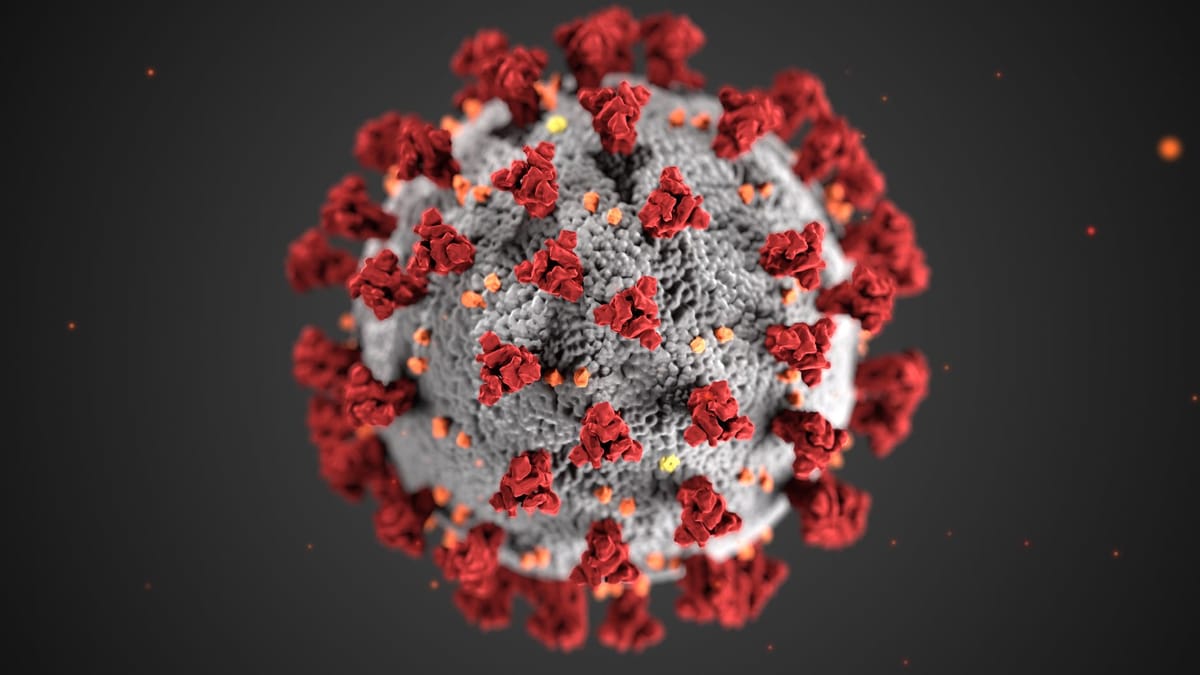Anchorage Chief Medical Officer Dr. Savitt on Reproductive Number: 'What's That?'

The Delta variant of the coronavirus continues its march and now accounts for almost all newly detected cases of COVID-19 in Alaska and within the Municipality of Anchorage.
The Centers for Disease Control and Prevention (CDC) has described Delta as being more transmissible than the common cold and influenza, as well as the viruses that cause smallpox, MERS, SARS, and Ebola— and called it as contagious as chickenpox in an internal document, a copy of which was obtained by and reported on in The New York Times.
According to Yale epidemiologist F. Perry Wilson, MD, “In a completely unmitigated environment—where no one is vaccinated or wearing masks—it’s estimated that the average person infected with the original coronavirus strain will infect 2.5 other people. Delta would spread from one person to maybe 3.5 or 4 other people in the same environment.”
Here in Anchorage, Dr. Michael Savitt, a board-certified pediatrician who the Anchorage Health Department wrote in a press release last week has “extensive experience with infectious diseases and has a degree in psychology,” was hired by embattled Health Department Director David Morgan.
Bruce Chandler, the Anchorage Health Department’s longtime medical officer specializing in infectious disease control and prevention, turned in a letter of resignation on Sunday. His resignation is effective on August 15, and he is on scheduled leave until then, according to KTOO.
At yesterday’s Health Policy meeting with Dr. Savitt and David Morgan in attendance, Anchorage Assembly member Austin Quinn-Davidson asked Dr. Savitt what the reproductive number of the virus was in Anchorage. Dr. Savitt—the pediatrician alleged to have “extensive experience with infectious diseases,” asked her what she meant by "reproductive number."
Quinn-Davidson explained to pediatrician Dr. Savitt that the reproductive number is a “really important aspect of infectious disease. It shows how quickly the virus is growing in the community; it’s one of the top factors we used to determine the risk of COVID while I was mayor and while we had an epidemiologist on staff.”
According to the Centers for Disease Control and Prevention, the basic reproduction number, also called the basic reproduction ratio, or rate or the basic reproductive rate, is an epidemiologic metric used to describe the contagiousness or transmissibility of infectious agents—such as a virus.
In response to Quinn-Davidson’s question, Dr. Savitt said that they didn’t have all of that information available and began shuffling through pages looking for the elusive reproductive number he was asked about, stating that they had worked off a “five percent figure” to which Quinn-Davidson quickly interjected, correcting Dr. Savitt by saying that the reproductive number shouldn’t be five percent, but rather somewhere around one.
Thankfully, the elusive reproductive number was found! After a quick review of the document, Savitt said that as of July 14, 2021, the number Quinn-Davidson asked about was 1.36. Quinn-Davidson noted that this “was quite high.”
According to the most recent data available on the Alaska COVID-19 datahub, the statewide estimated reproductive number as of August 3 was 1.36, and in Anchorage, the estimated number is 1.28.
The highlighted exchange will certainly raise more questions about Dr. Savitt’s ability to advise the Municipality as it sees an increase in COVID-19 cases and related hospitalizations.


